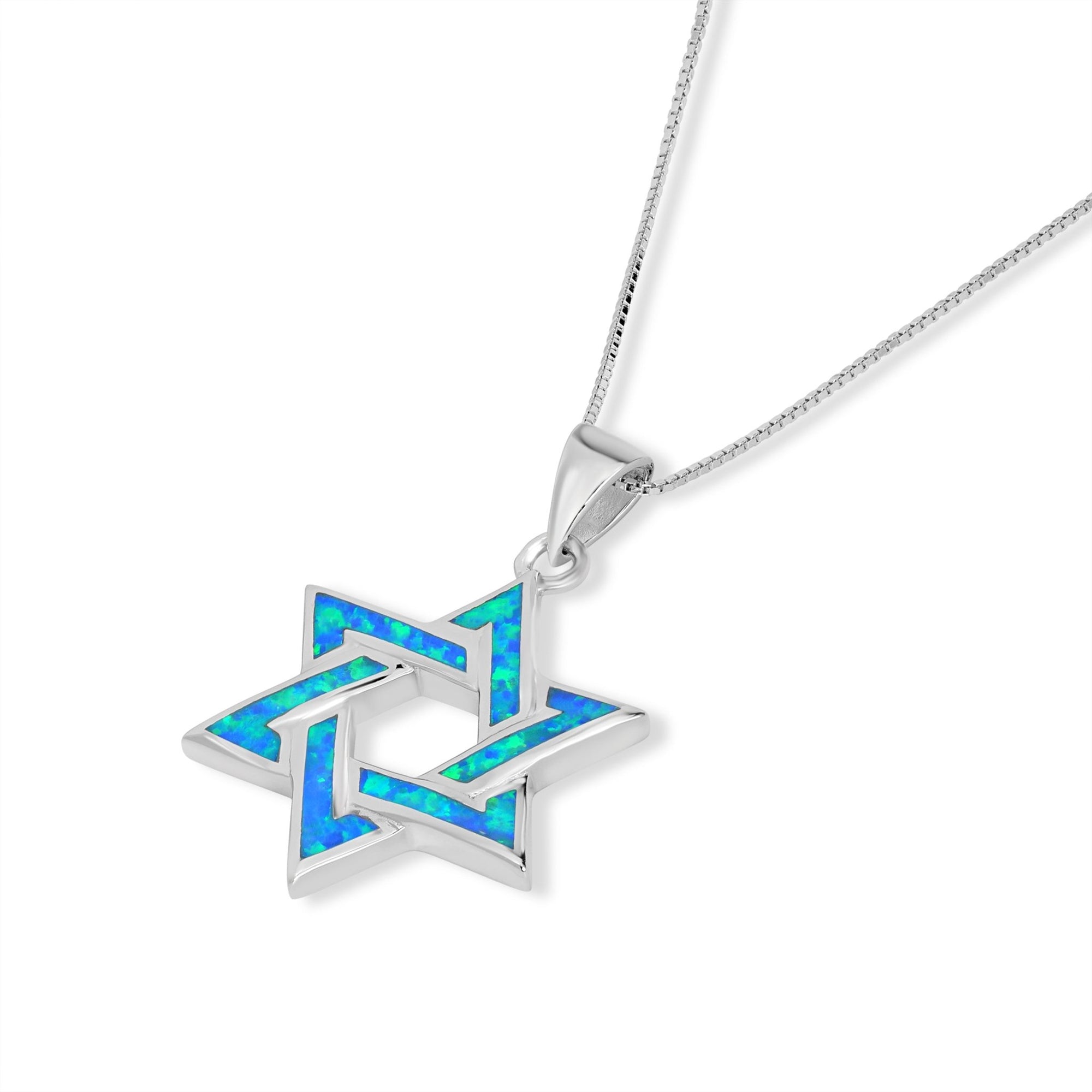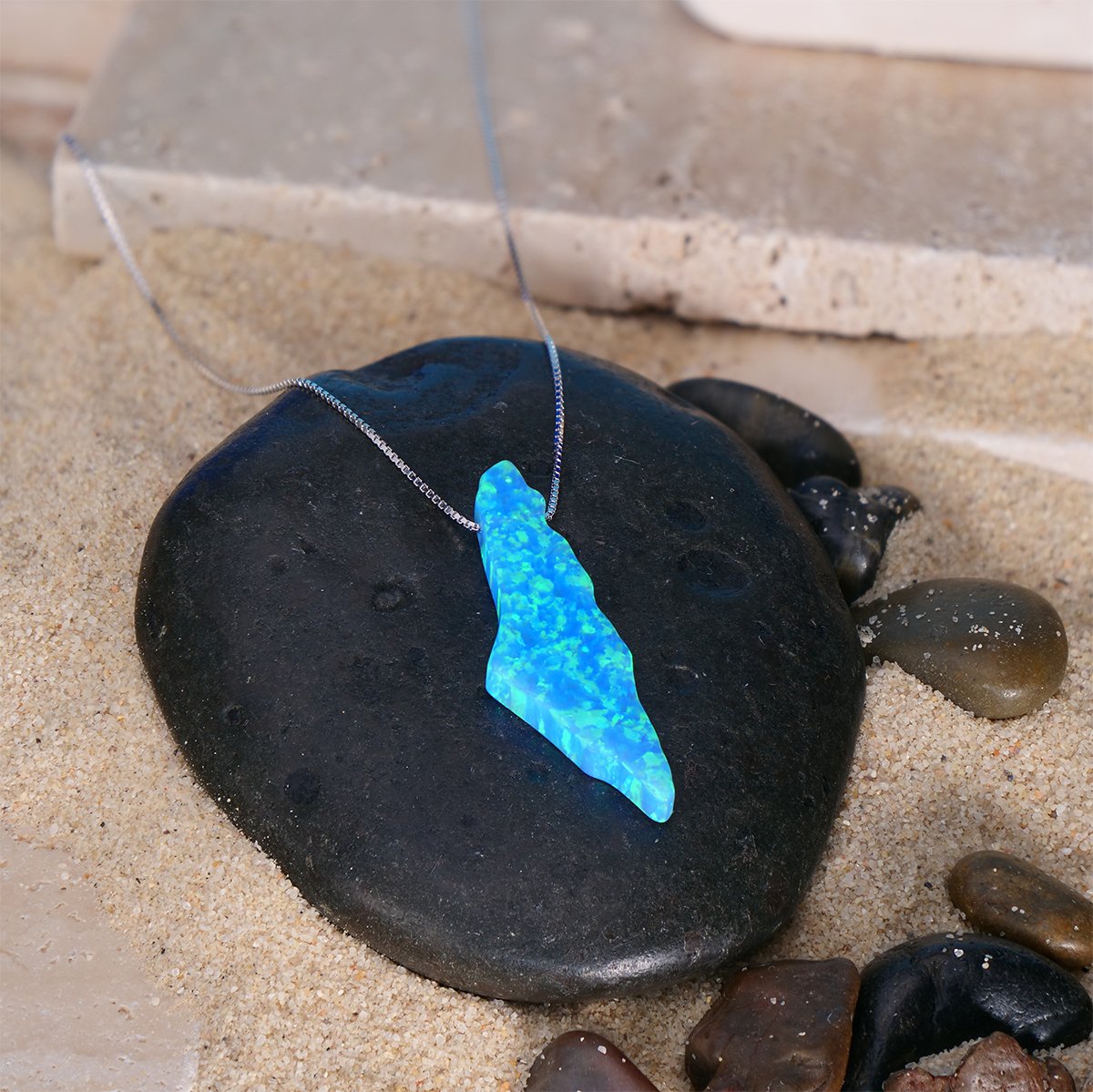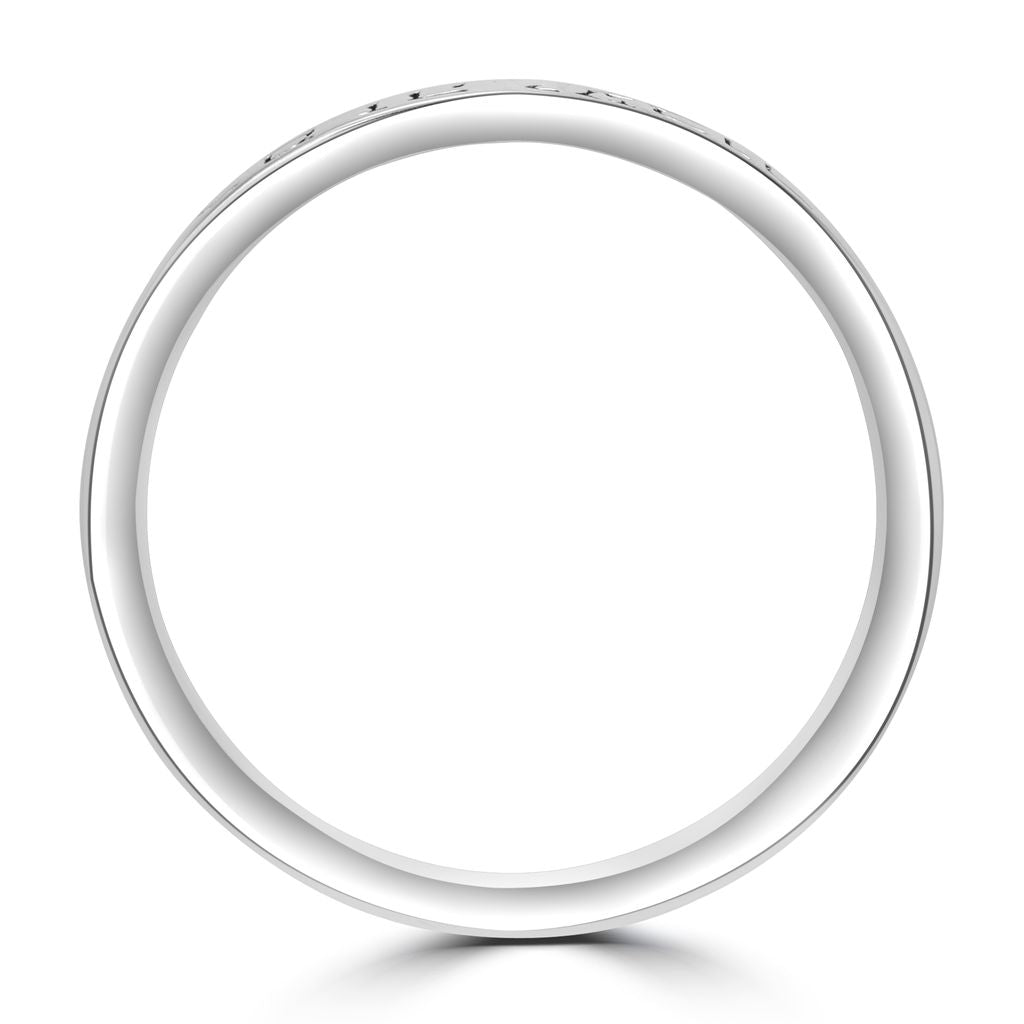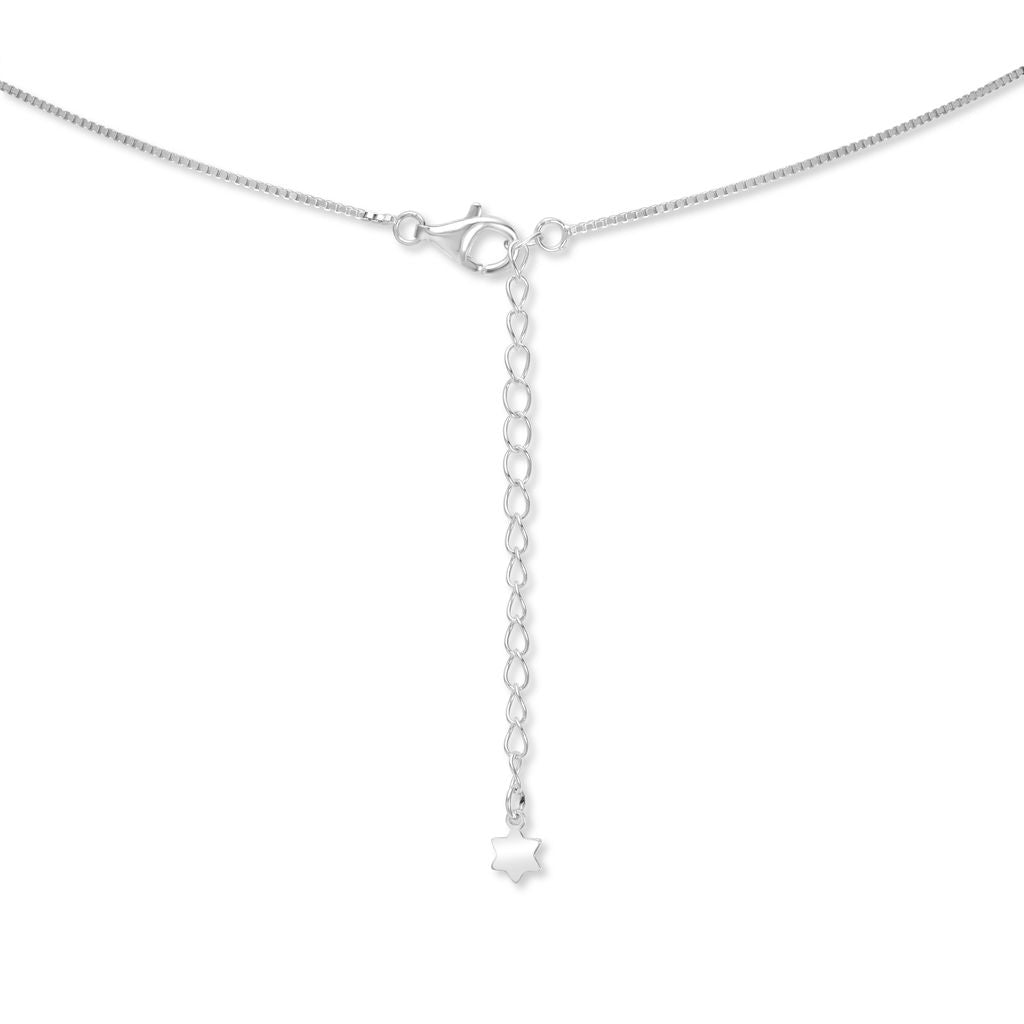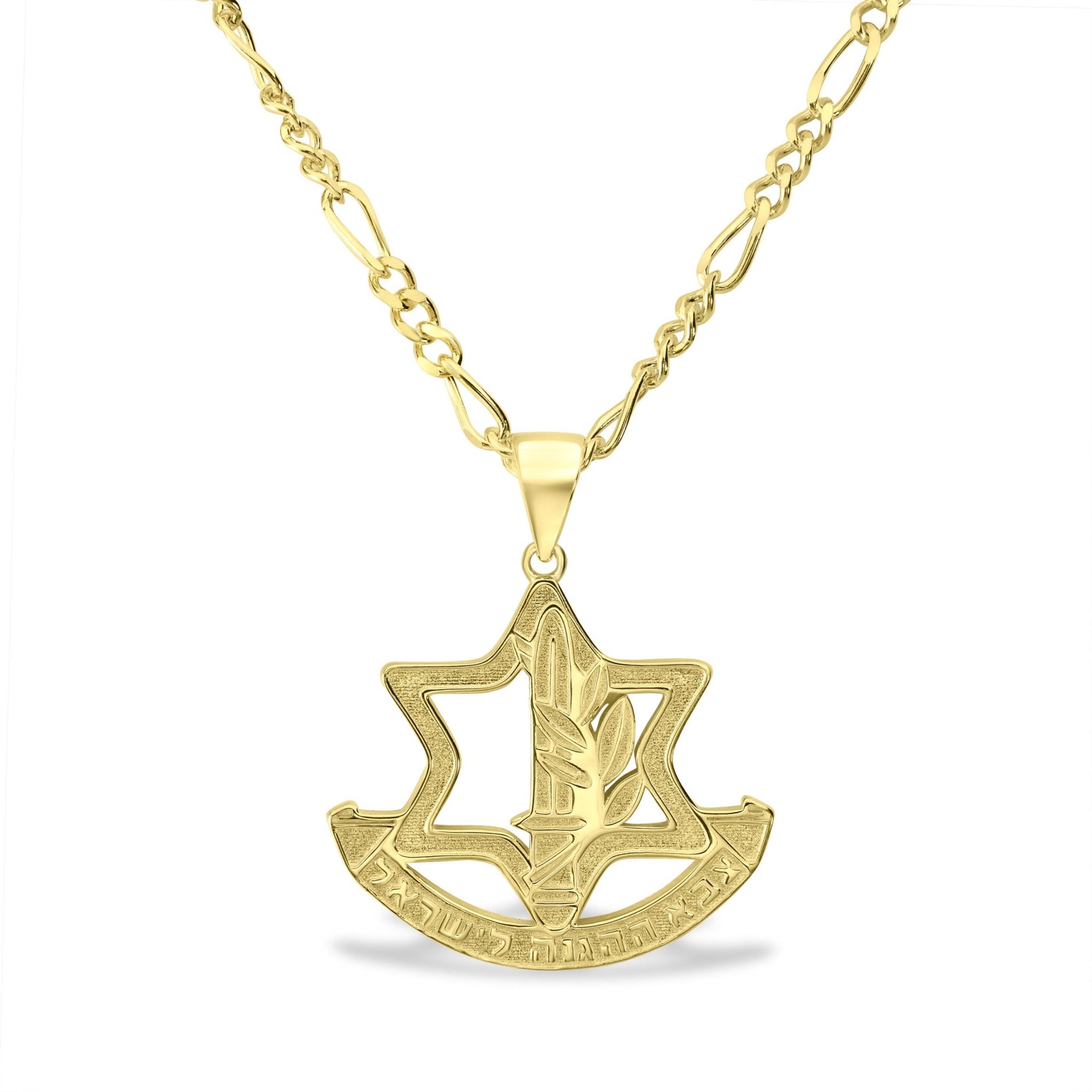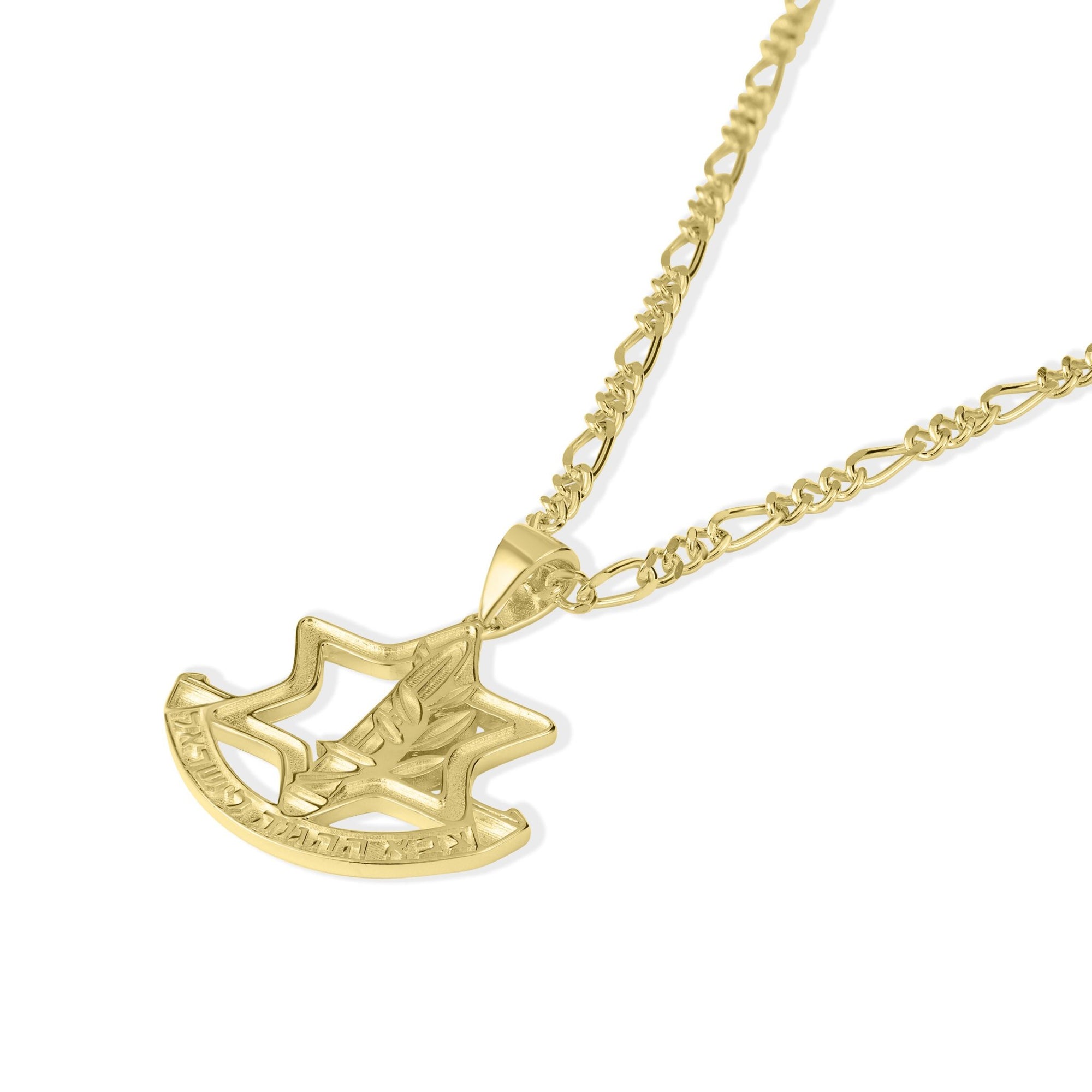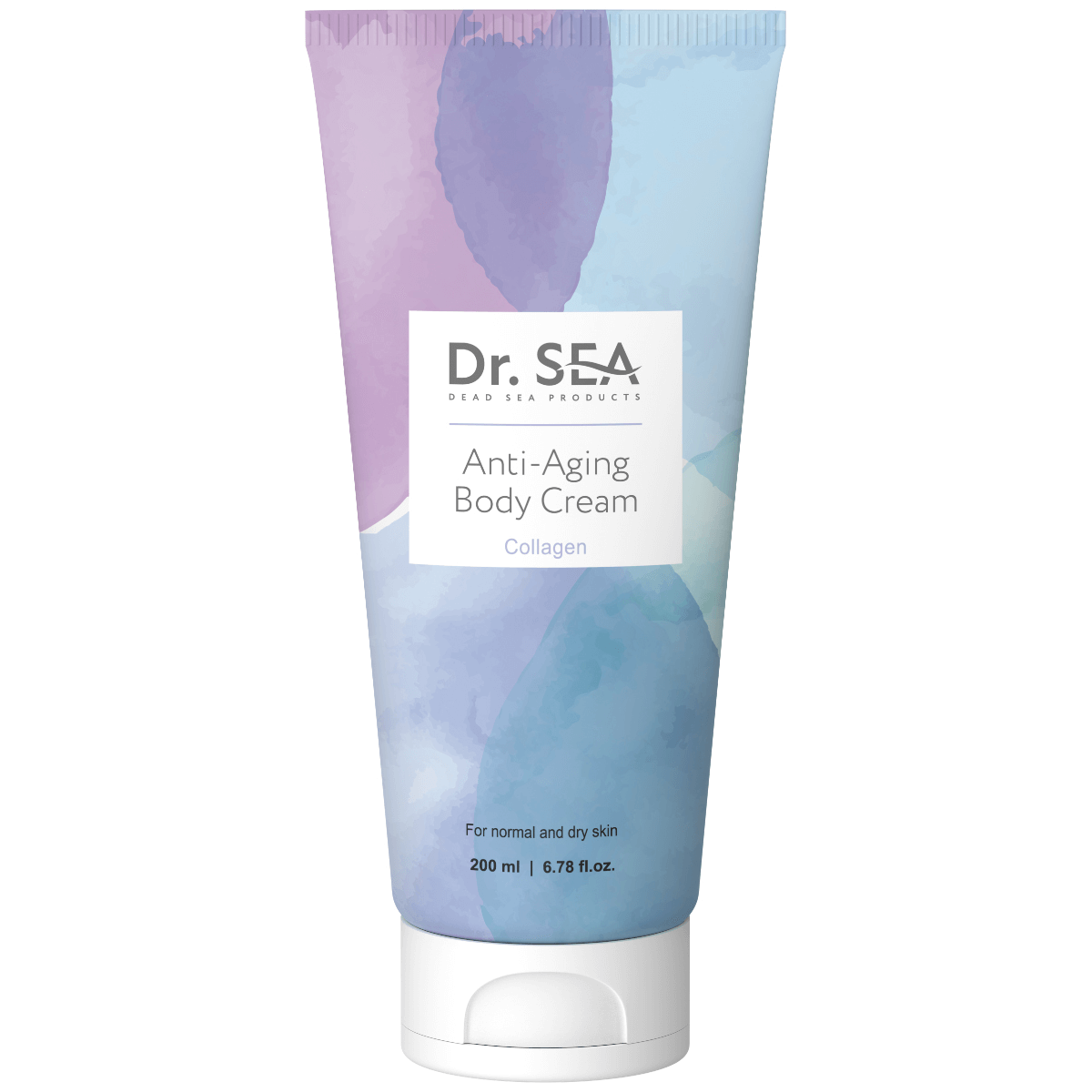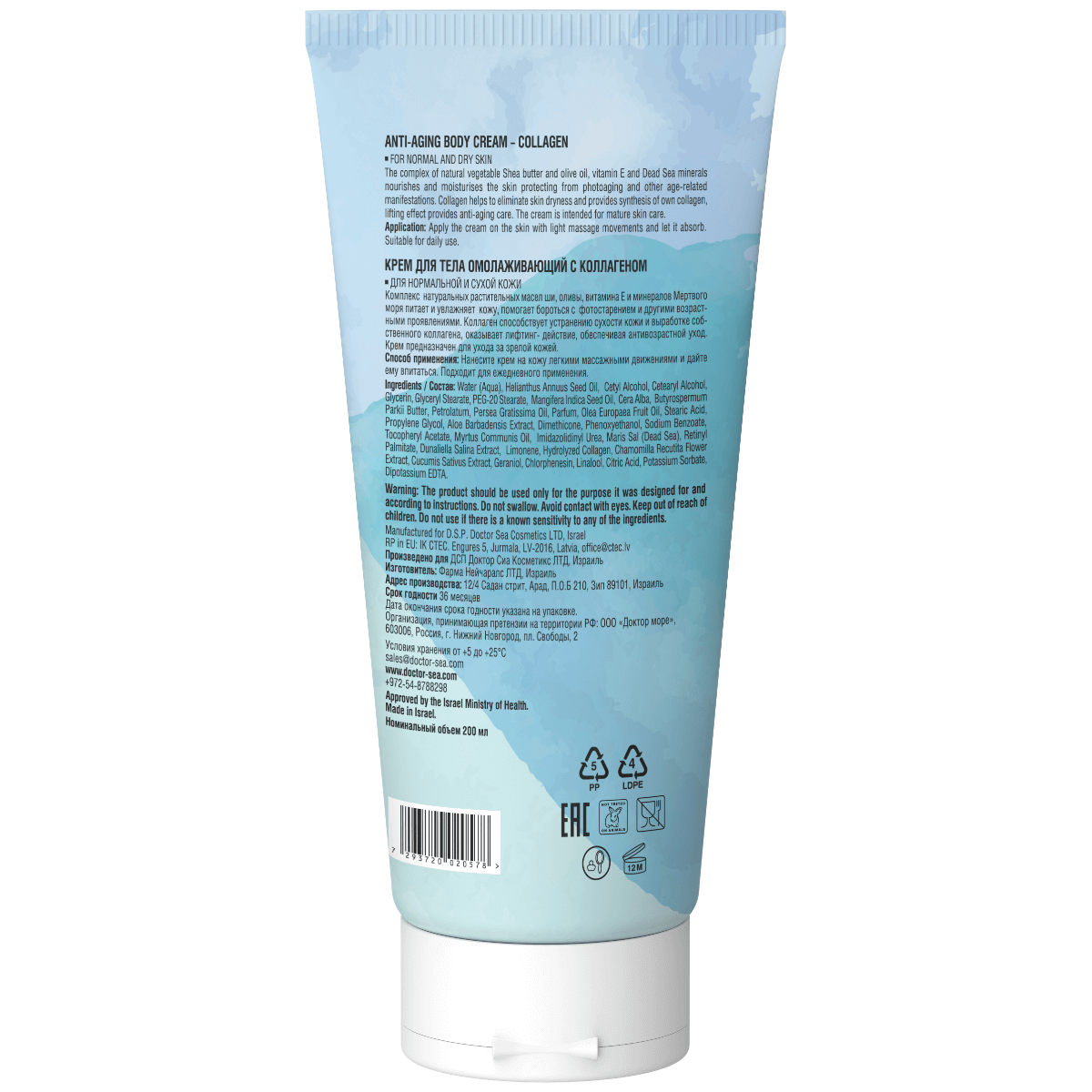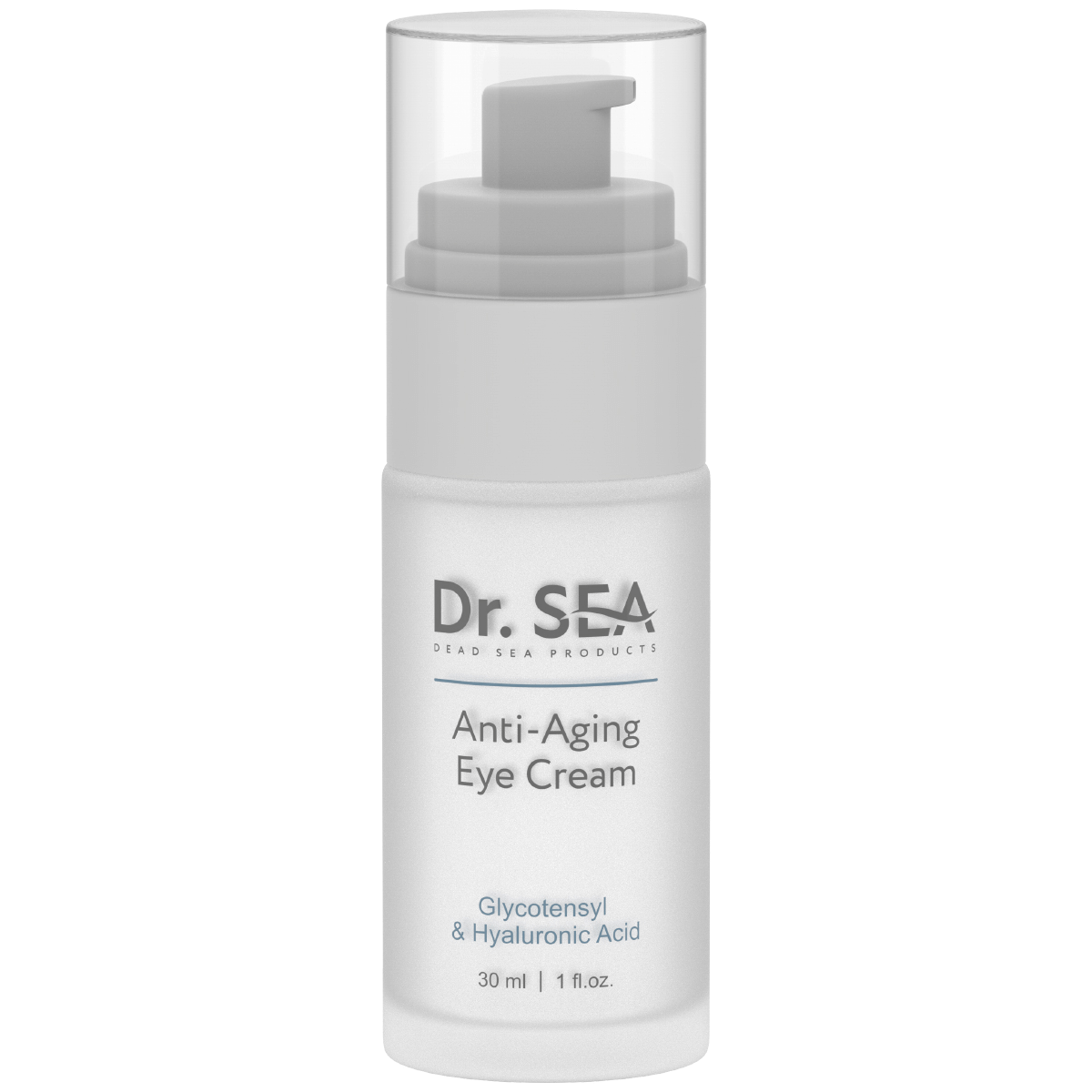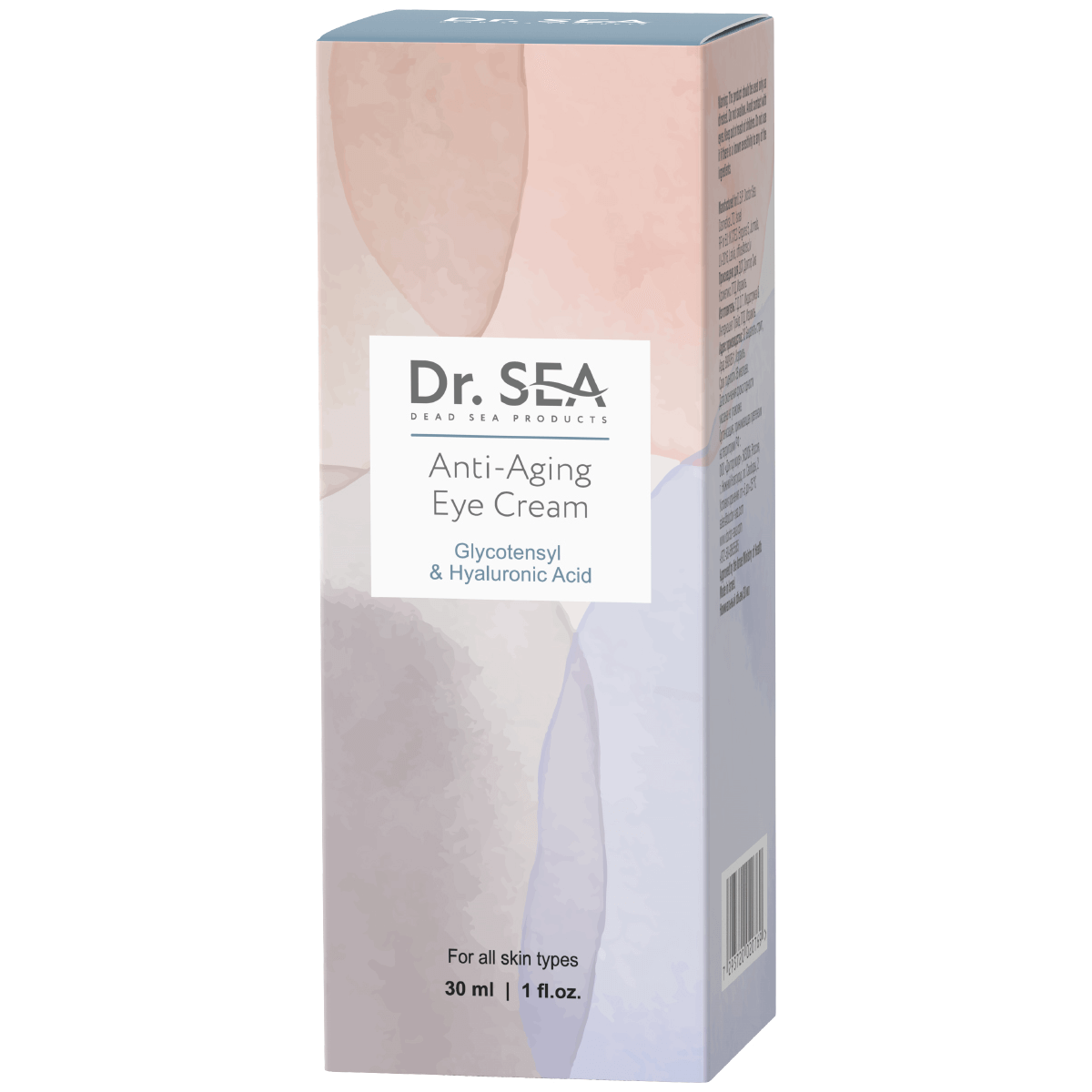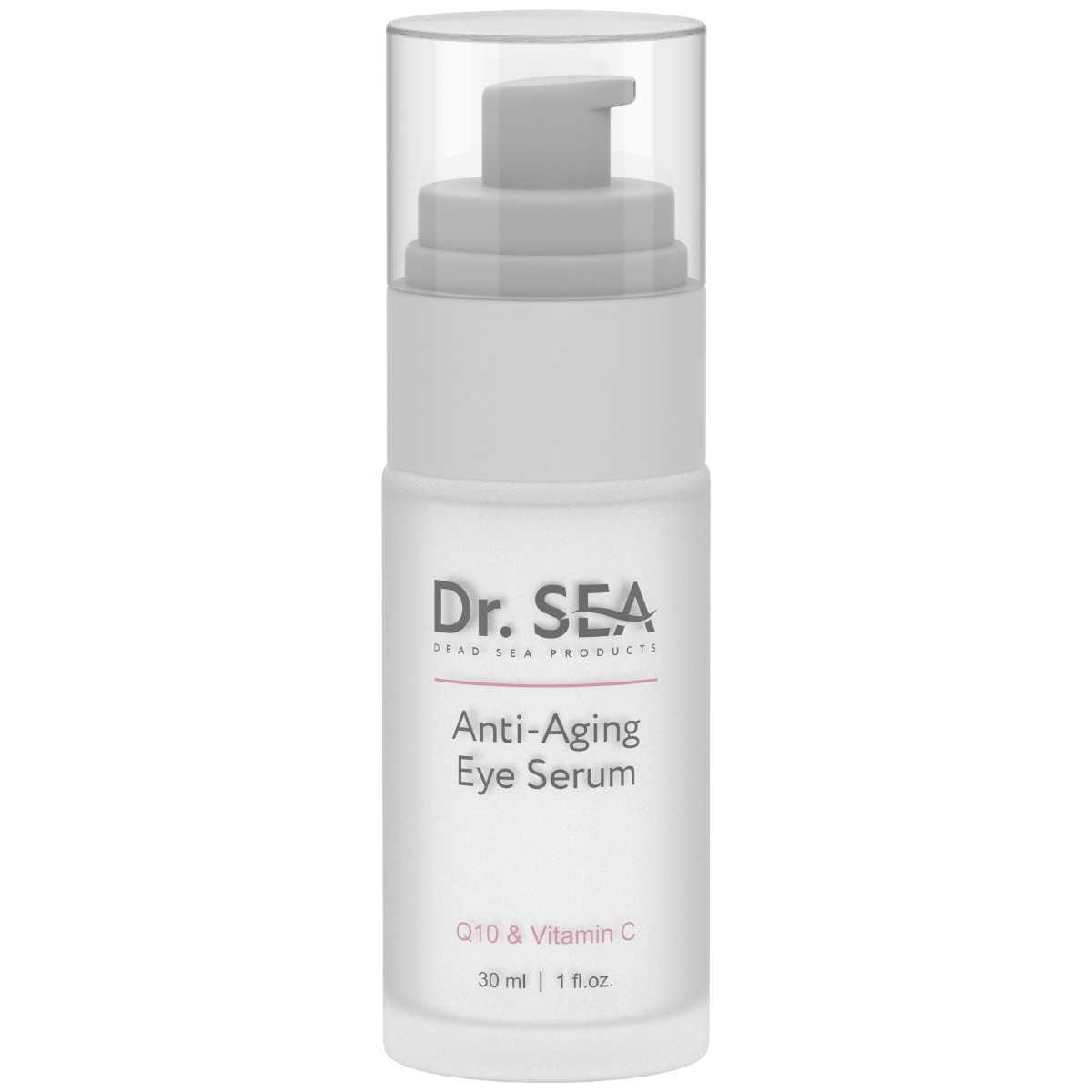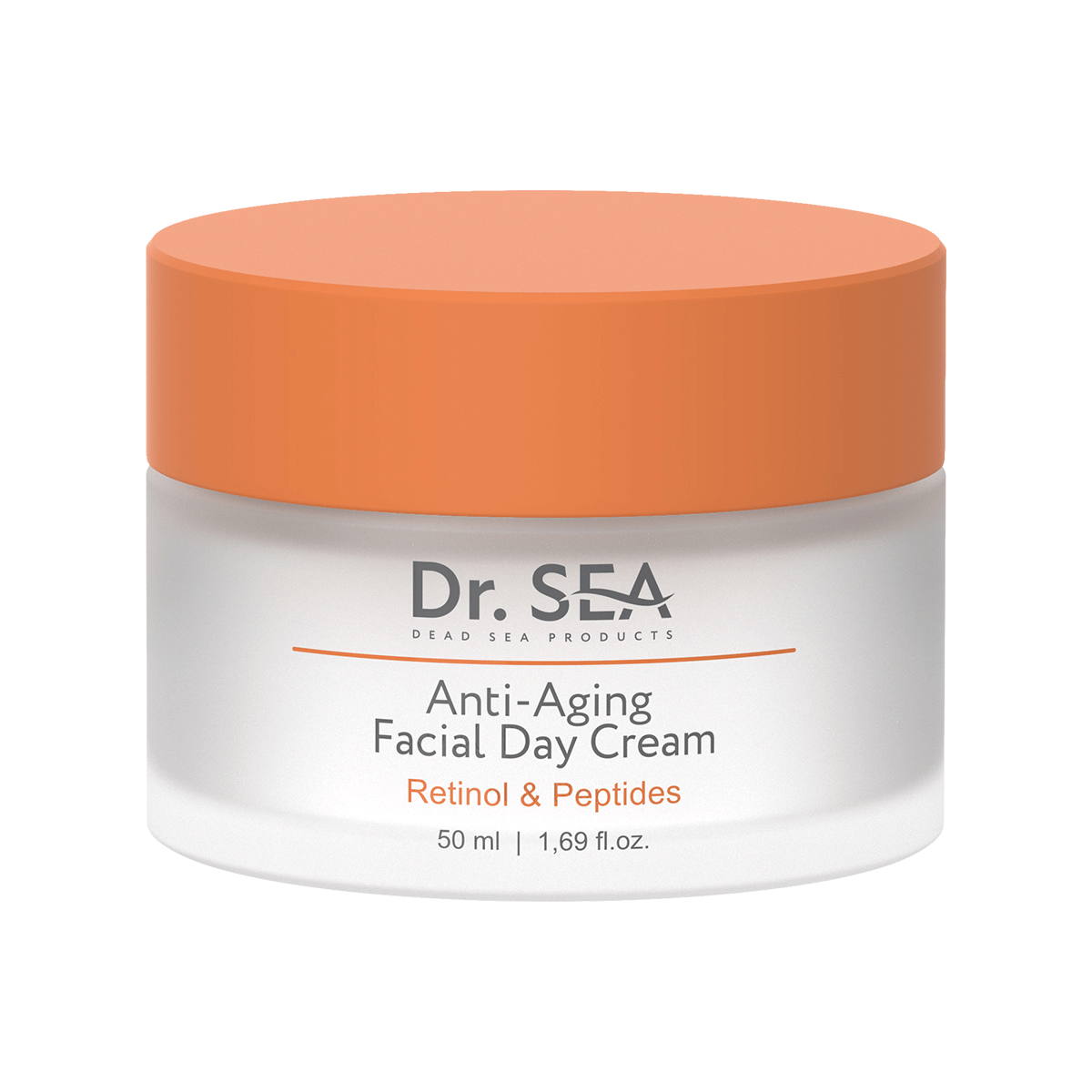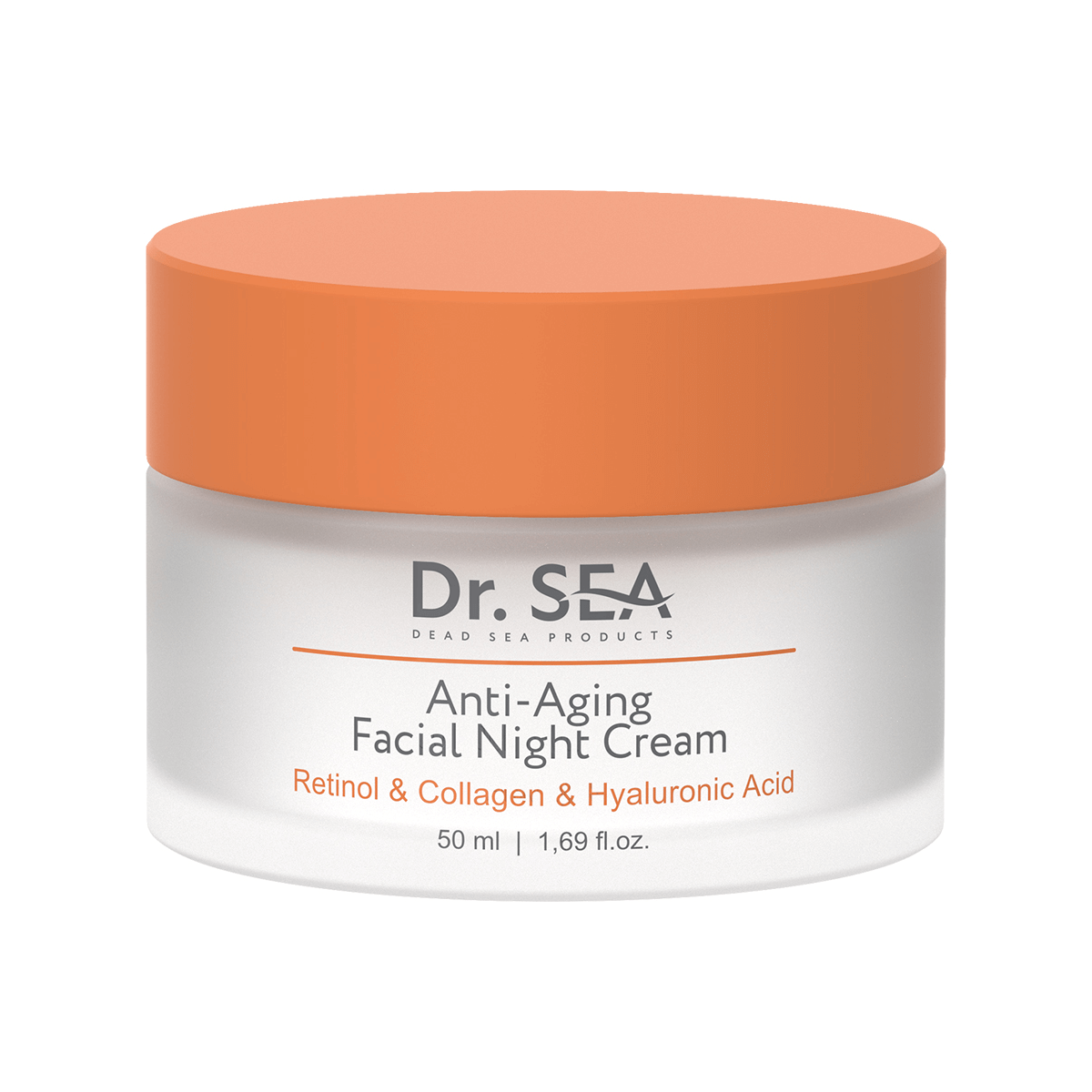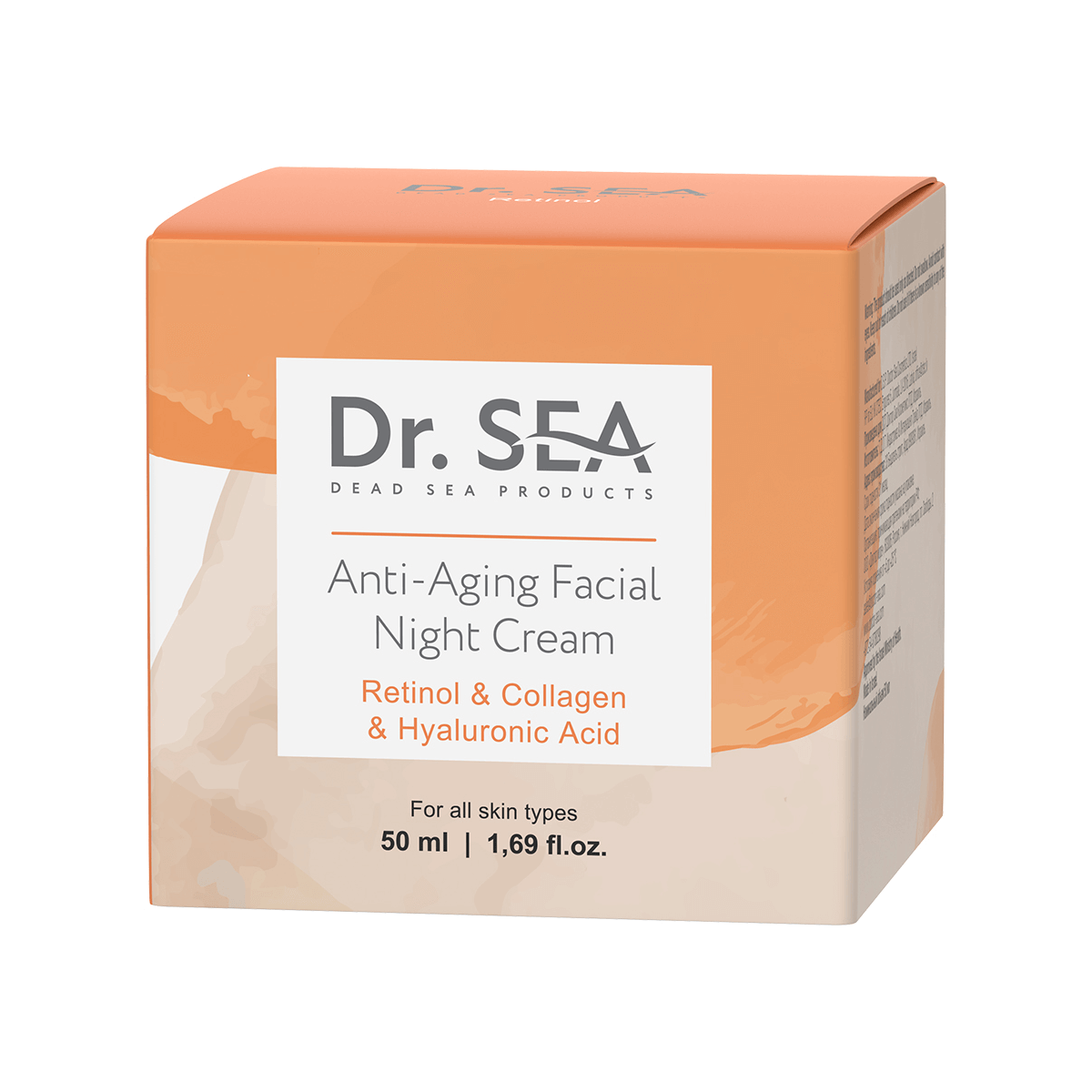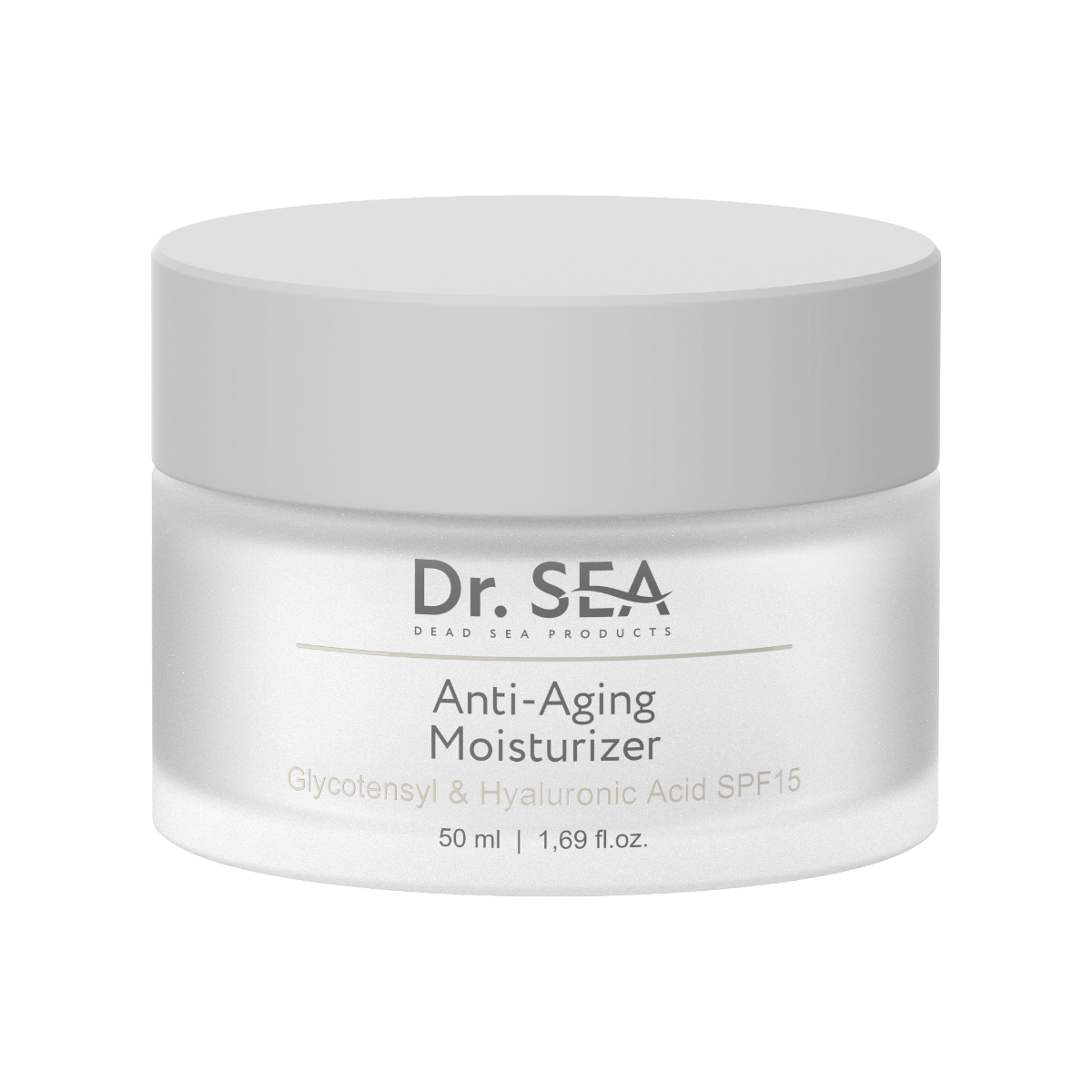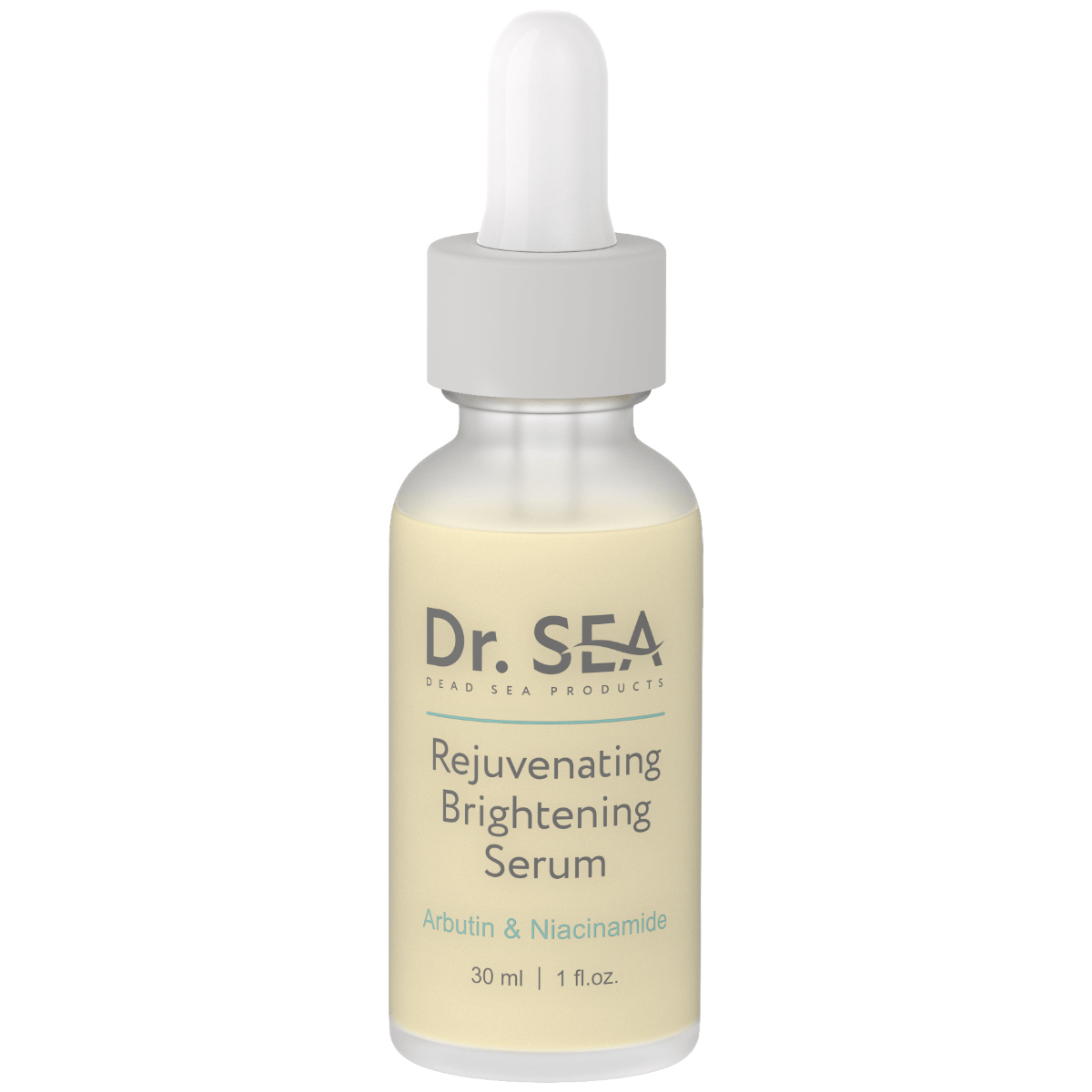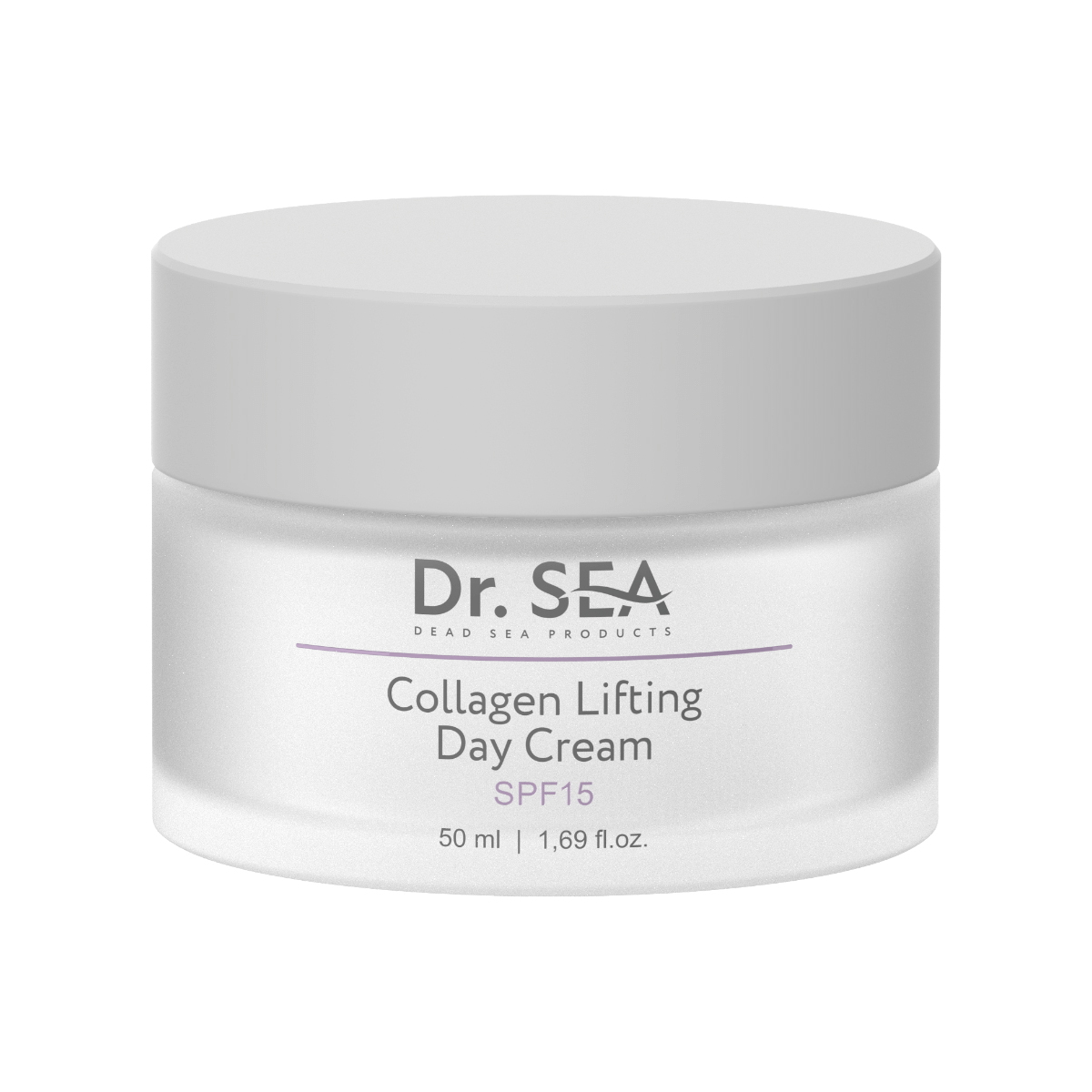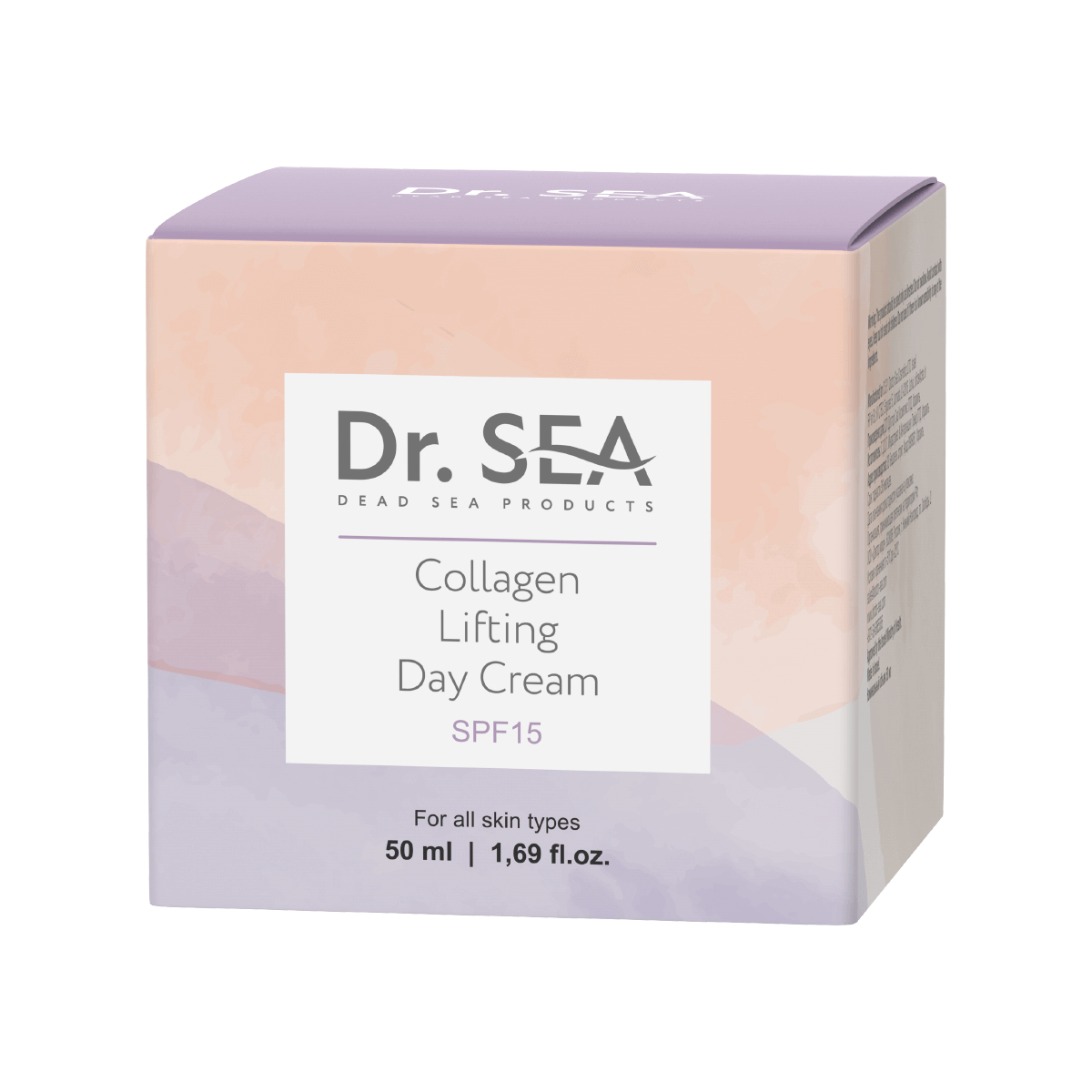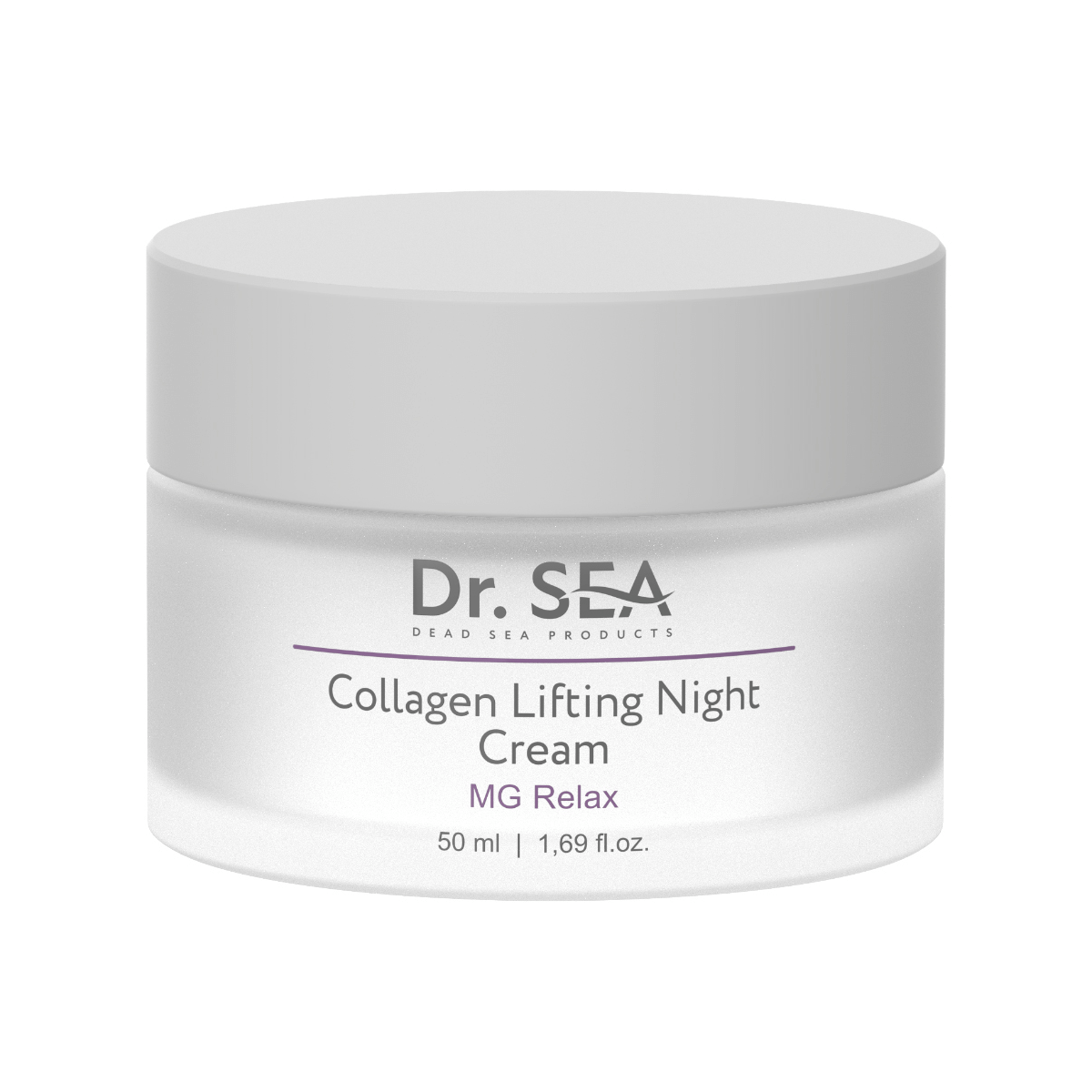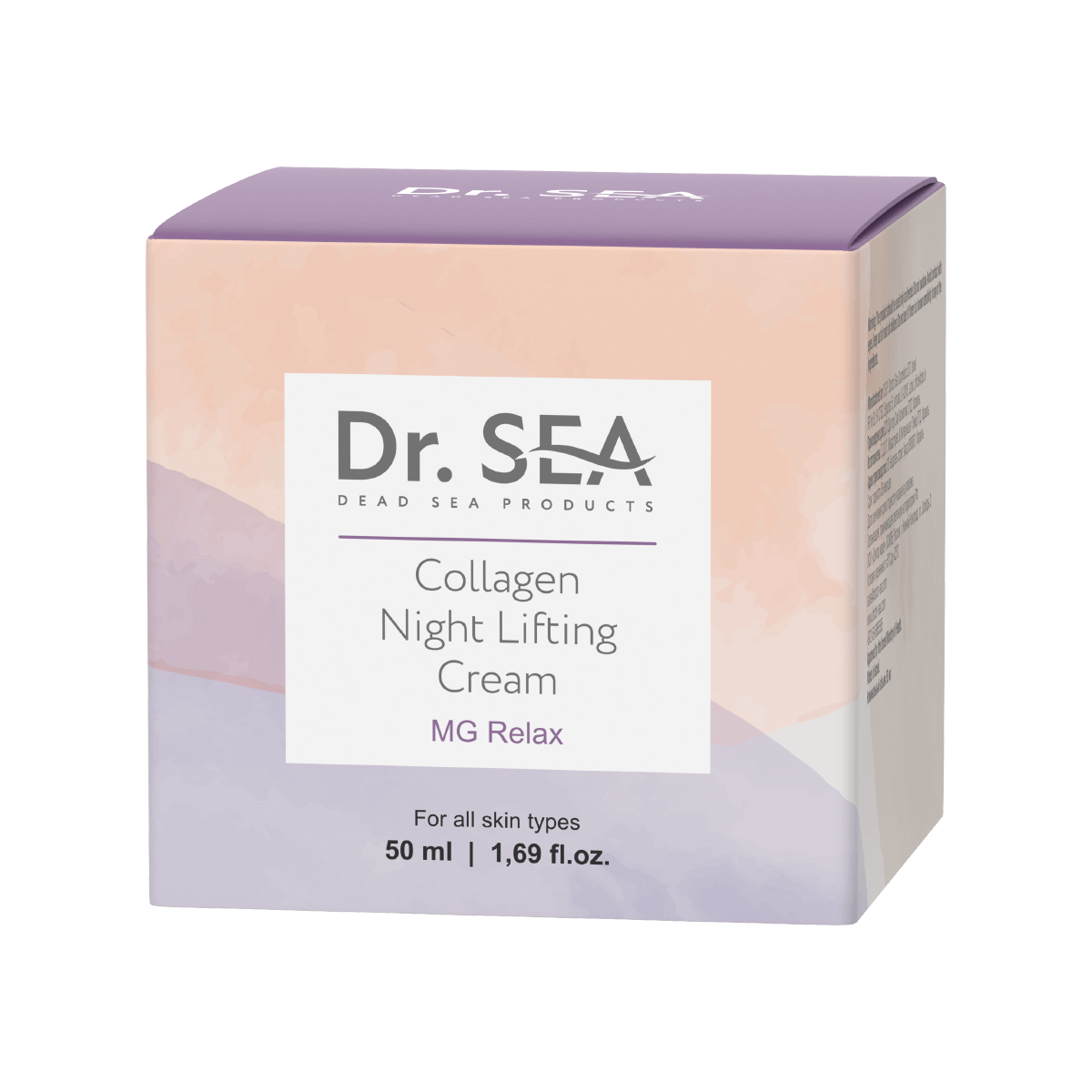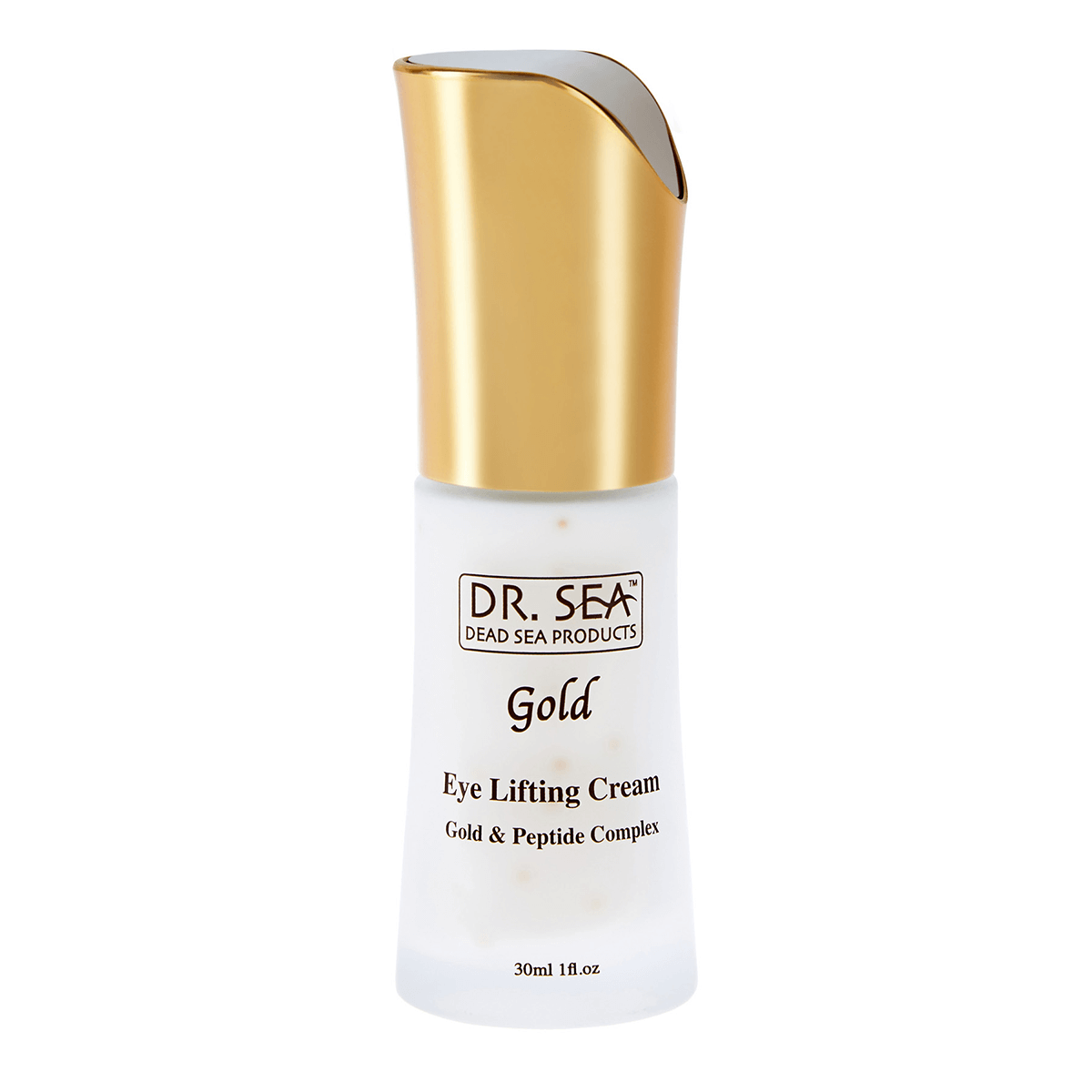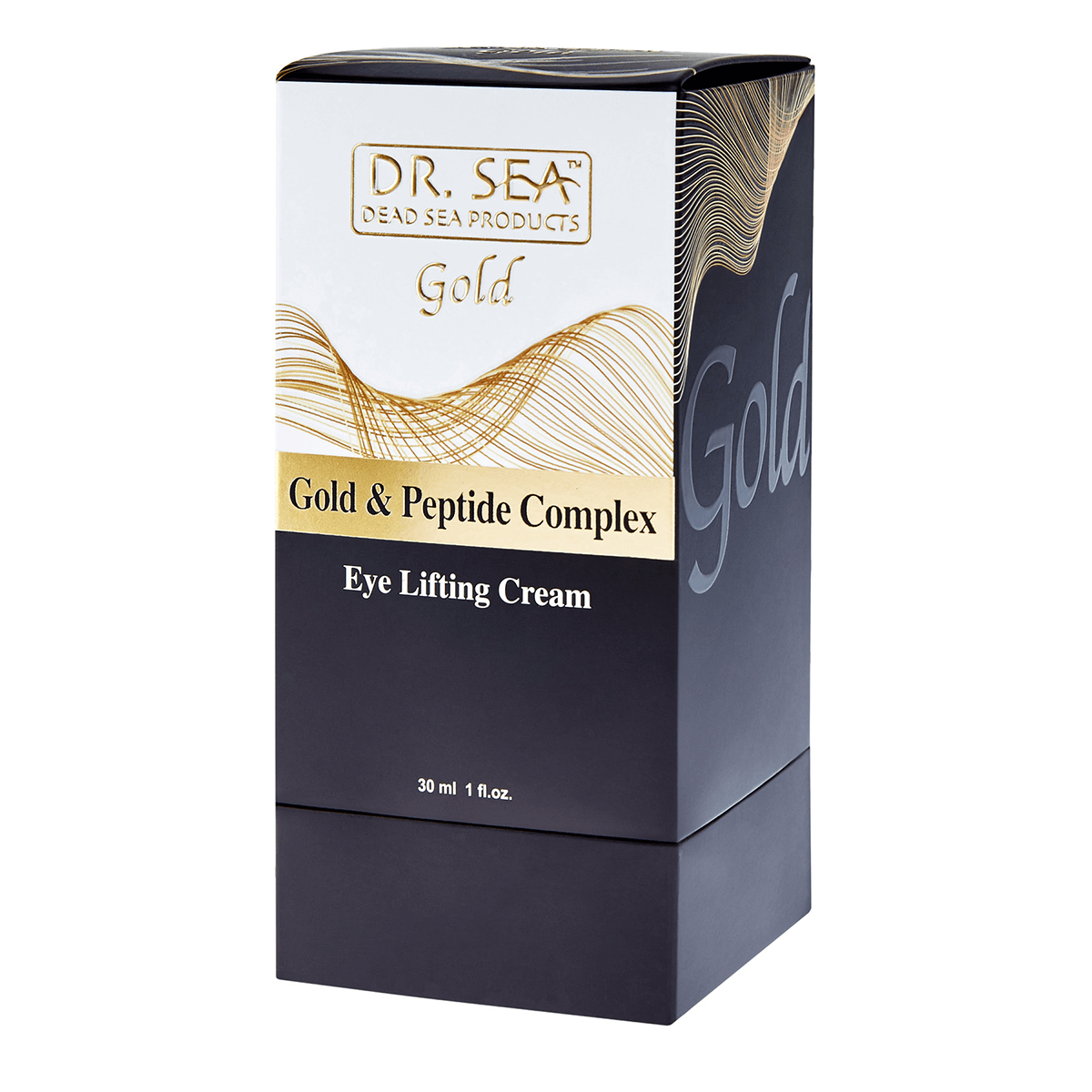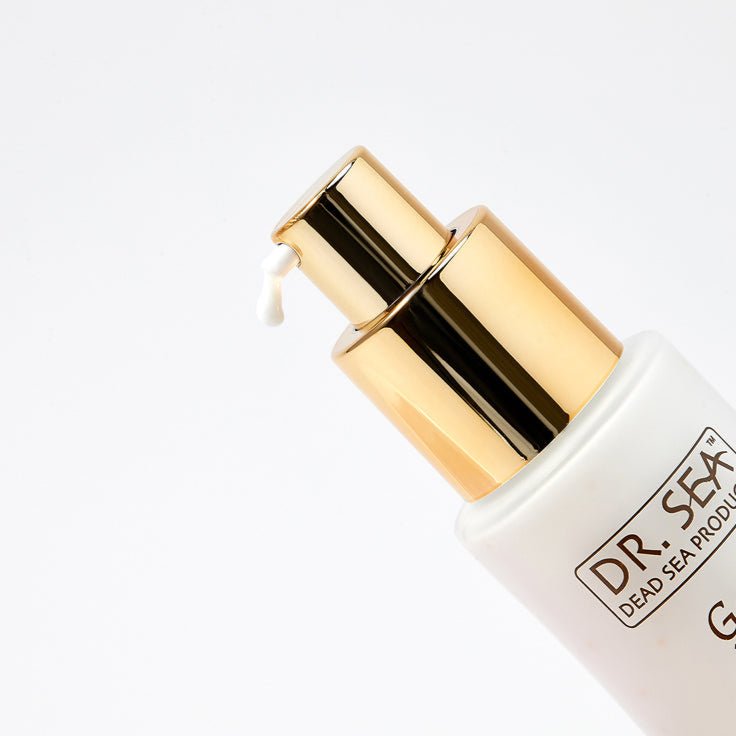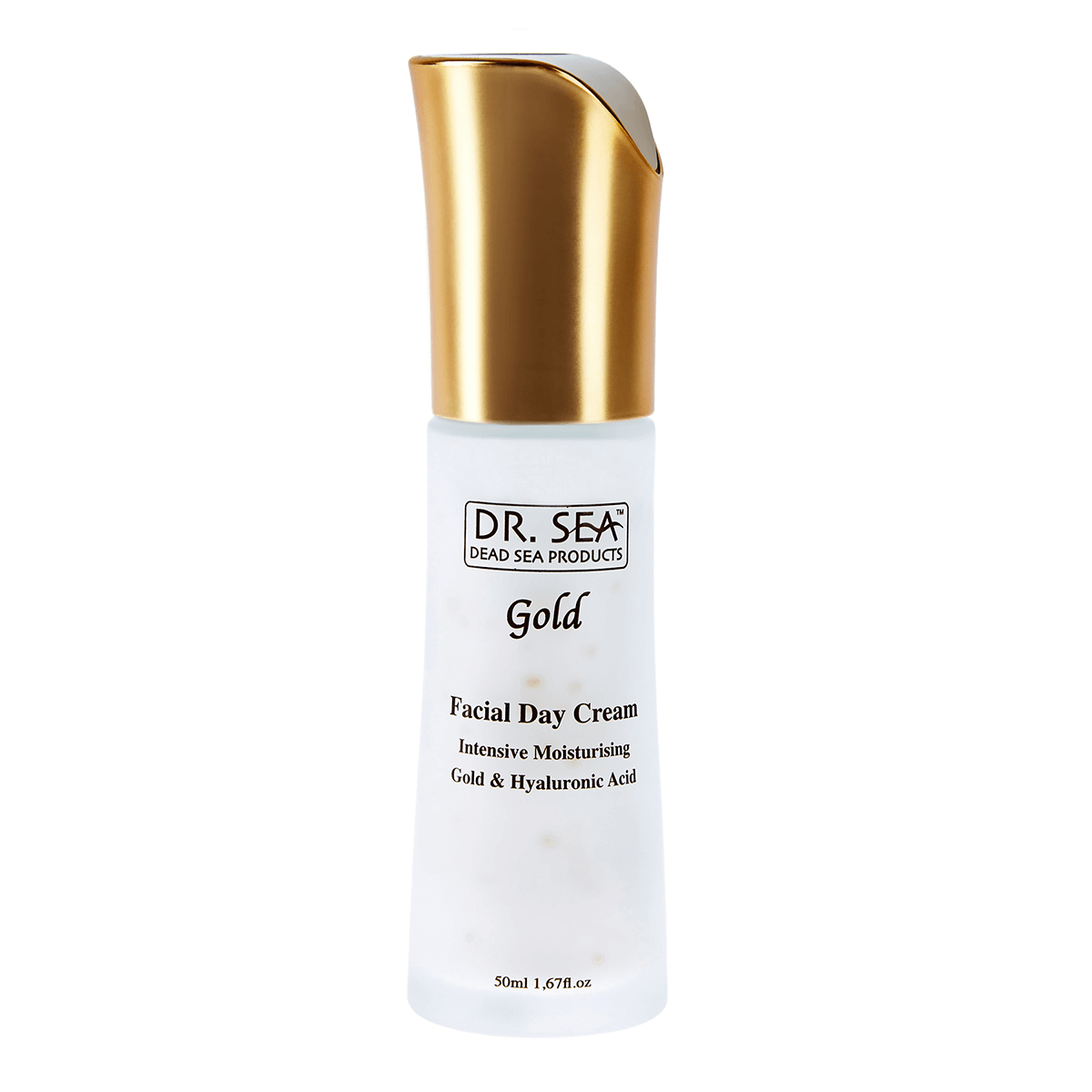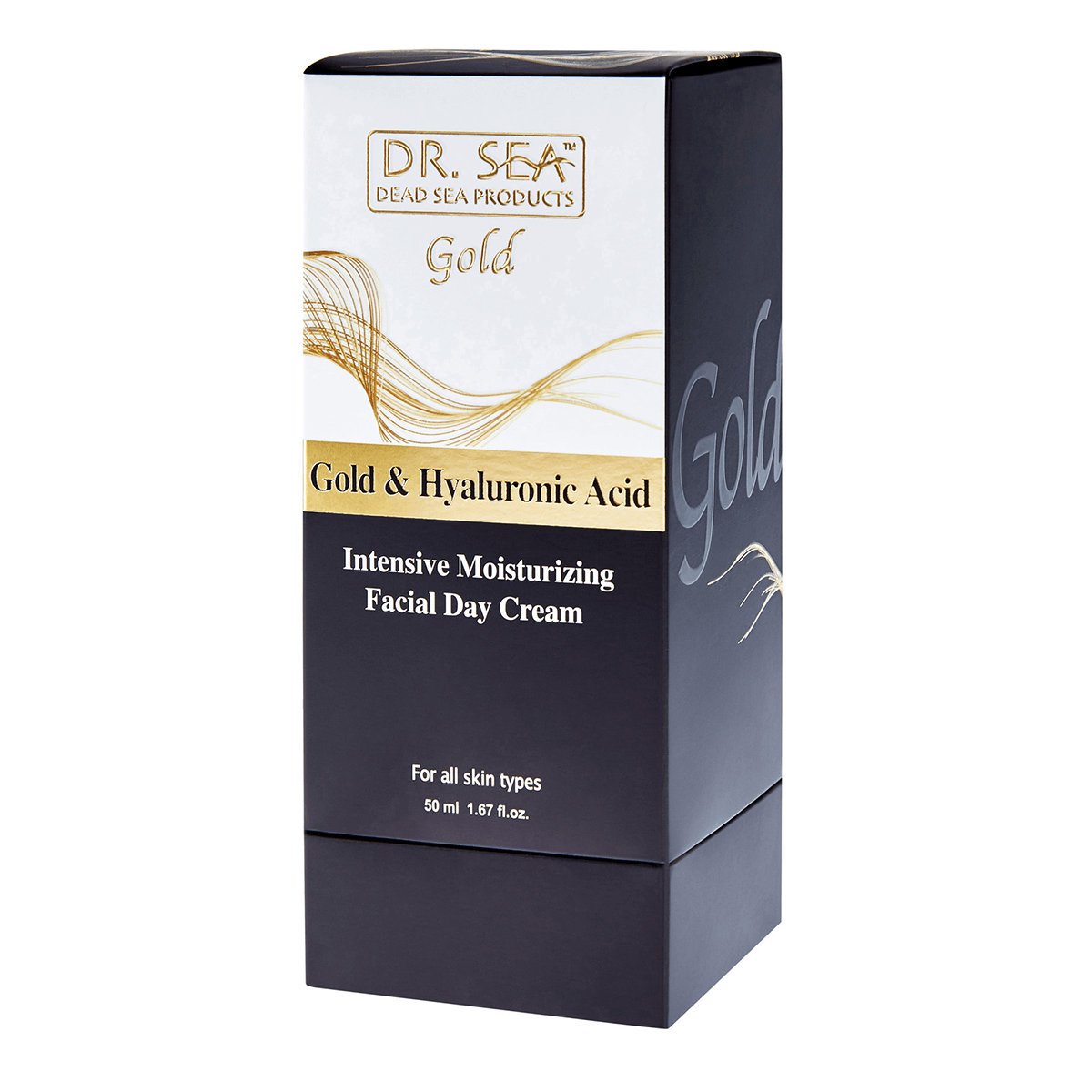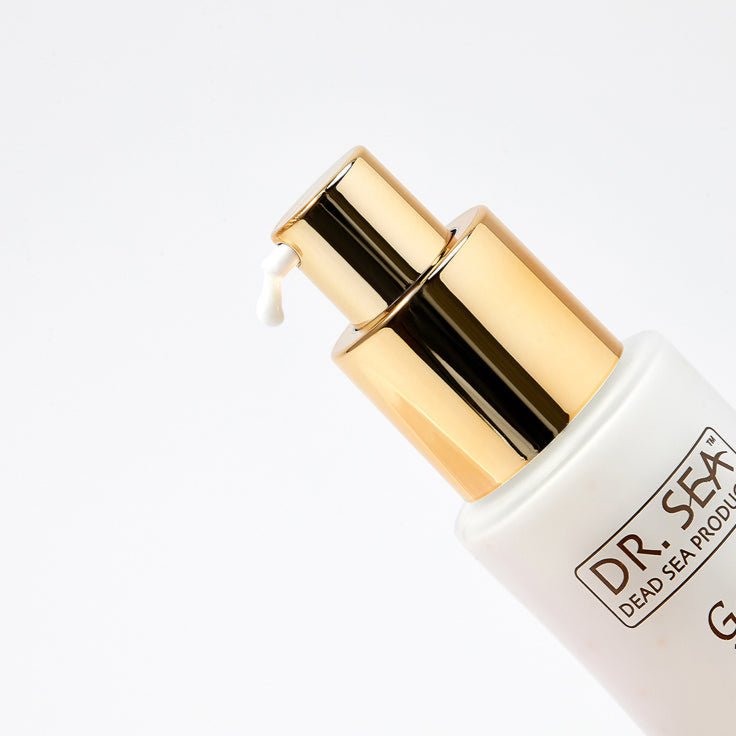Fascinating Facts about Why the Dead Sea So Salty
Key Takeaways
-
The Dead Sea’s extreme salinity is a result of high evaporation rates and minimal water inflow.
-
Unique geological and climatic conditions contribute to its unparalleled salt concentration.
-
The salinity creates a unique ecosystem and makes the Dead Sea a natural wonder unlike any other.
The Dead Sea, a landlocked salt lake nestled between Israel and Jordan, is famous for its extraordinary saltiness. With a salinity level over ten times that of most oceans, it’s an unparalleled natural phenomenon. But why is the Dead Sea so salty? Let’s dive into the fascinating factors behind this remarkable characteristic.
The Geography of the Dead Sea
The Dead Sea is situated at the lowest elevation on Earth—approximately 430 meters (1,410 feet) below sea level. Its landlocked nature means there’s no outlet for water to escape, except through evaporation. This unique geographic setting plays a significant role in its salinity.
High Evaporation Rates
One of the primary reasons for the Dead Sea’s high salt concentration is its arid climate:
-
The region experiences extremely high temperatures and low humidity.
-
These conditions lead to rapid evaporation of water from the surface.
-
As water evaporates, salts and minerals remain, becoming more concentrated over time.
Minimal Freshwater Inflow
The Jordan River is the Dead Sea’s main water source, but its flow has significantly diminished due to modern water diversion for agriculture and domestic use. With minimal freshwater replenishment, the concentration of salts and minerals continues to increase.
Geological Contributions
The Dead Sea basin is a rift valley formed by the movement of tectonic plates. Its deep basin traps salts and minerals washed in from surrounding areas and geological deposits that accumulate over millions of years. This process has created the Dead Sea’s iconic salty waters.
Unique Mineral Composition
The Dead Sea’s salinity is not just about sodium chloride (table salt). Its waters are rich in magnesium, potassium, calcium, and bromide. This unique mineral composition is a result of geological deposits and the selective precipitation of salts as water evaporates.
No Outlet for Water
Unlike rivers and oceans, the Dead Sea has no outlet for its water. The only way water leaves the Dead Sea is through evaporation, which intensifies the concentration of salts over time.
The Impact of Salinity on the Ecosystem
The extreme salinity of the Dead Sea makes it inhospitable to most forms of life. However, certain microorganisms, such as halophilic (salt-loving) bacteria, thrive in these conditions. This unique ecosystem adds to the Dead Sea’s scientific and ecological significance.
The Dead Sea’s Salt in Modern Use
The minerals from the Dead Sea are highly prized for their therapeutic and cosmetic benefits. Some popular uses include:
-
Skincare Products: Rich minerals enhance skin hydration and reduce inflammation.
-
Bath Salts: Used to relax muscles and promote detoxification.
-
Health Treatments: Applied in therapies for conditions like arthritis and psoriasis.
Discover a curated selection of products infused with these rich minerals here.
Conclusion
The Dead Sea’s unparalleled salinity is a result of its unique geography, high evaporation rates, minimal water inflow, and geological history. These factors combine to make it a natural wonder that has fascinated humans for centuries. Whether you’re intrigued by its scientific significance or its therapeutic benefits, the Dead Sea continues to captivate and inspire.















